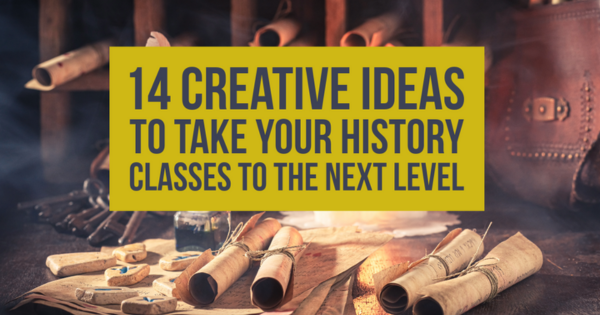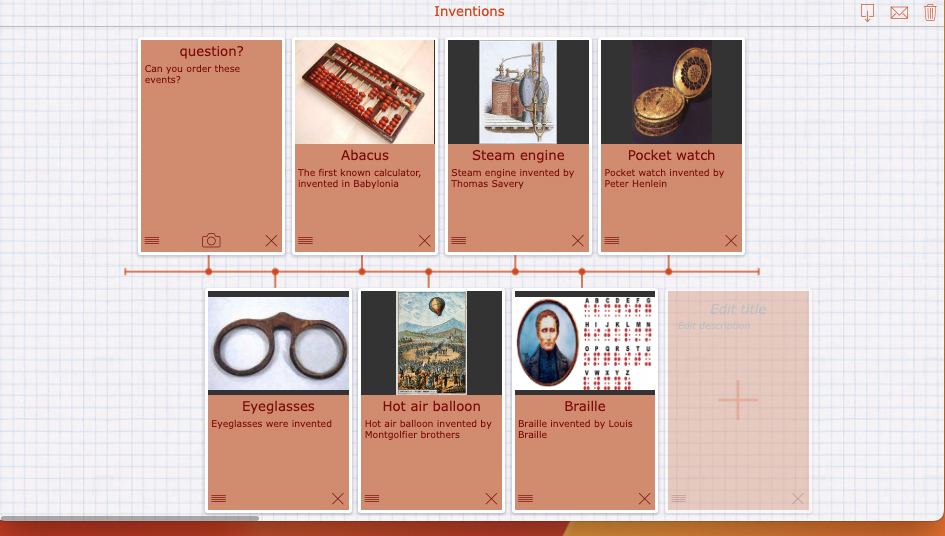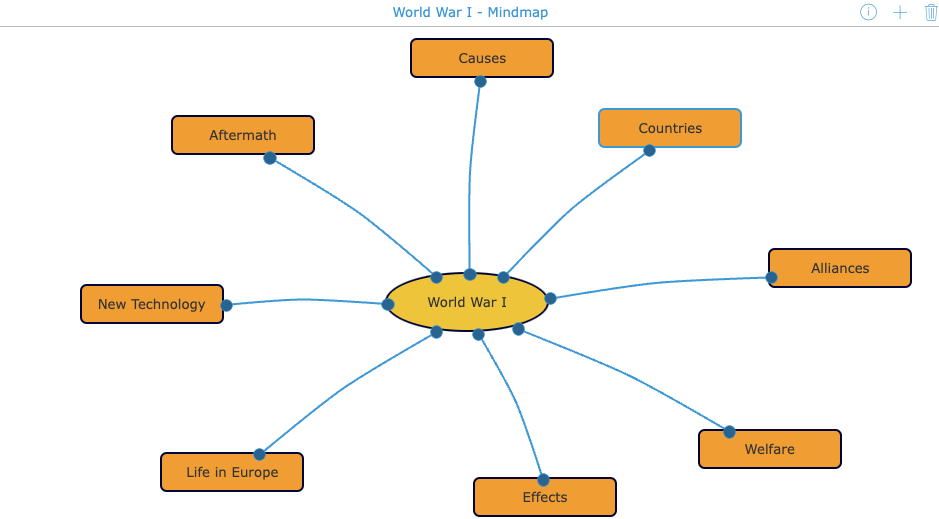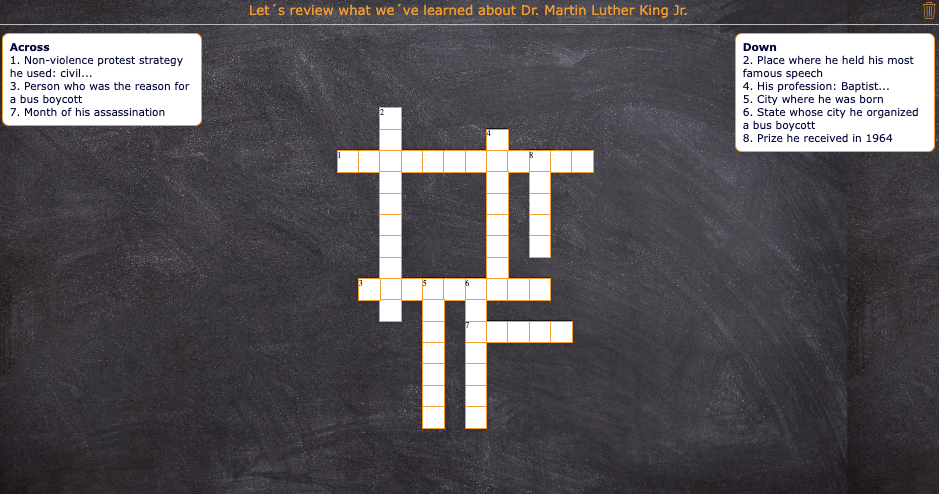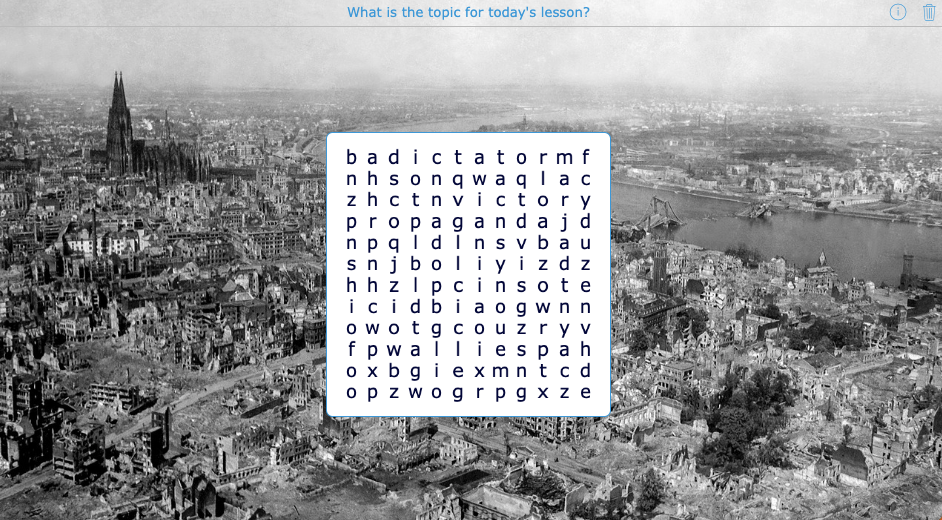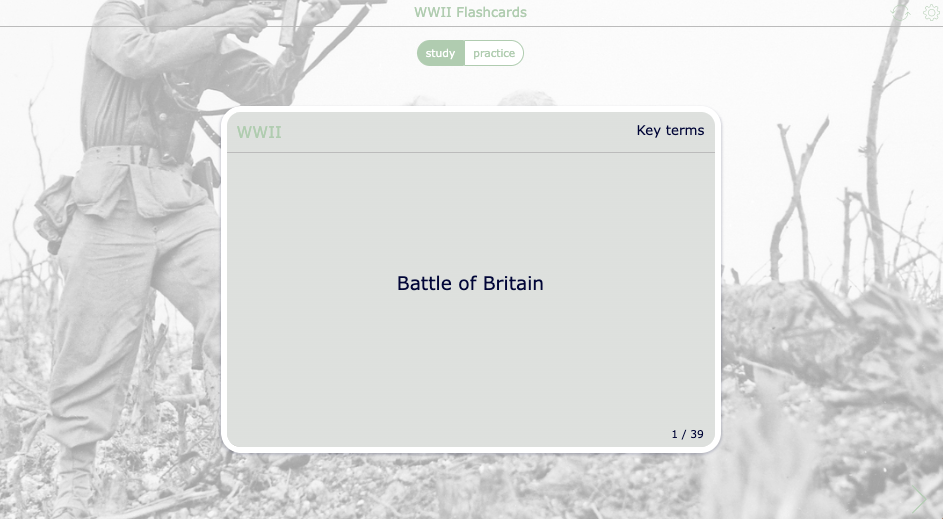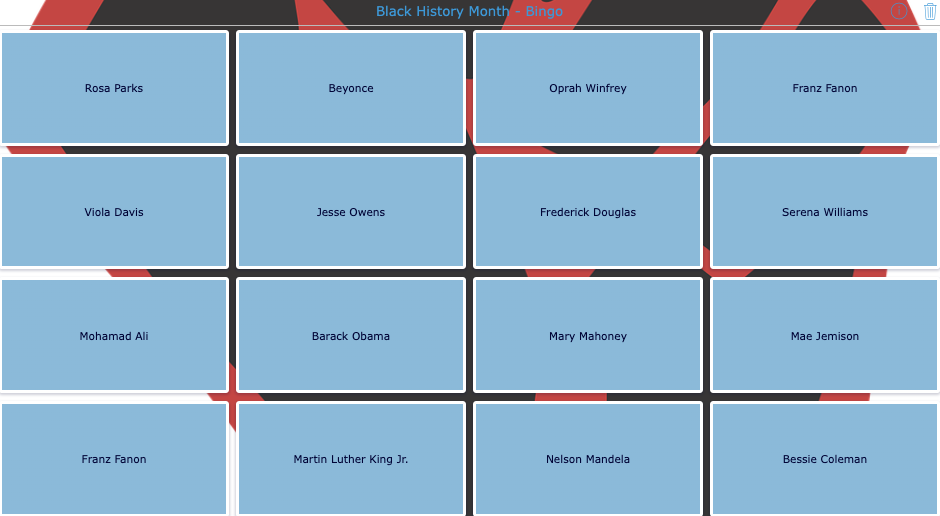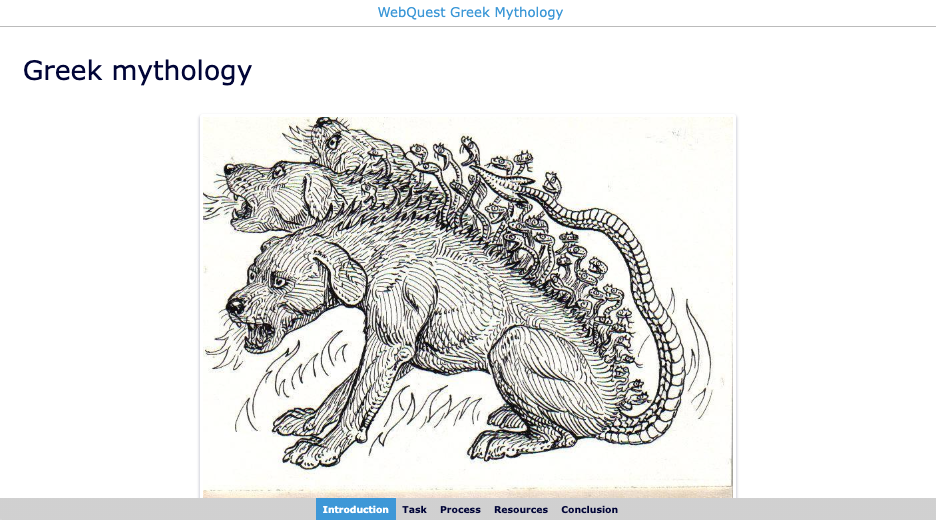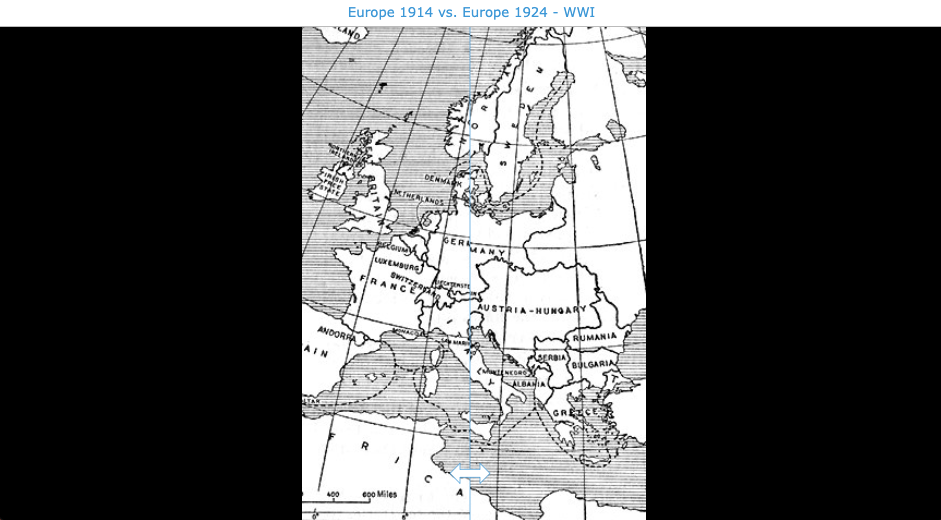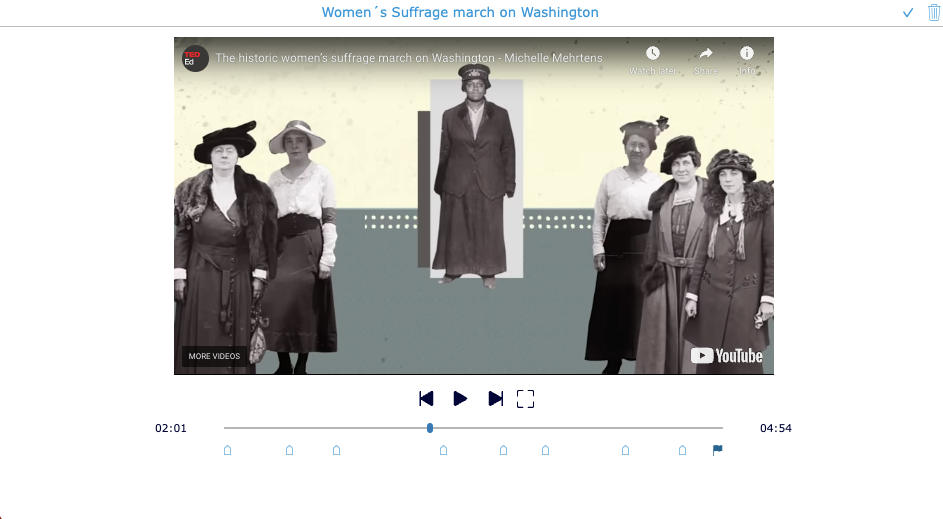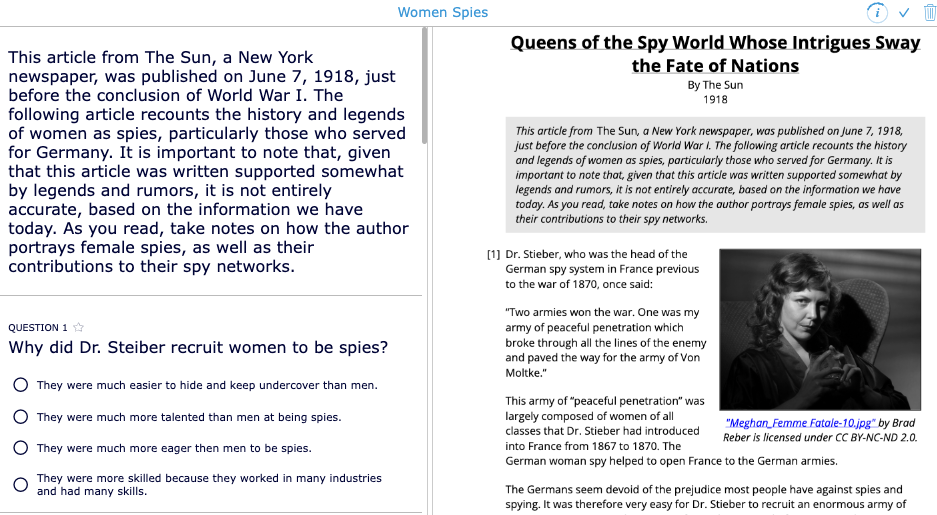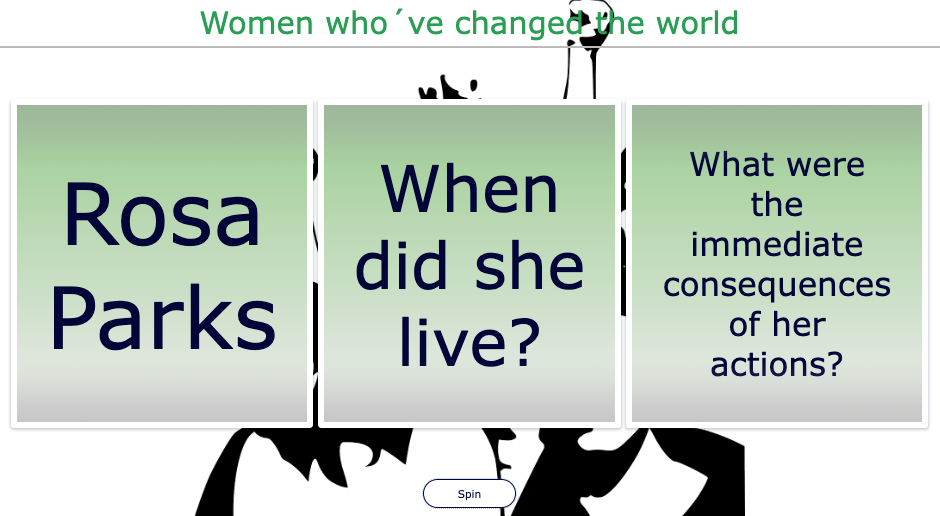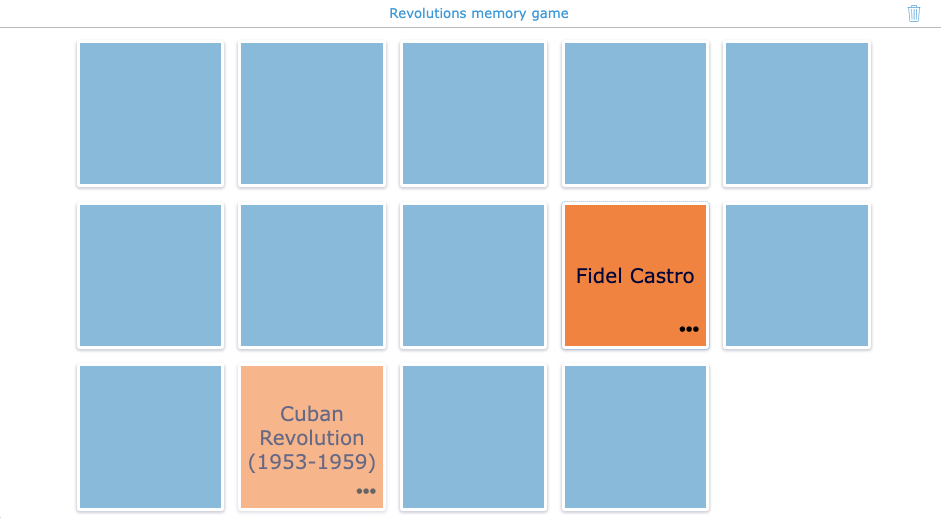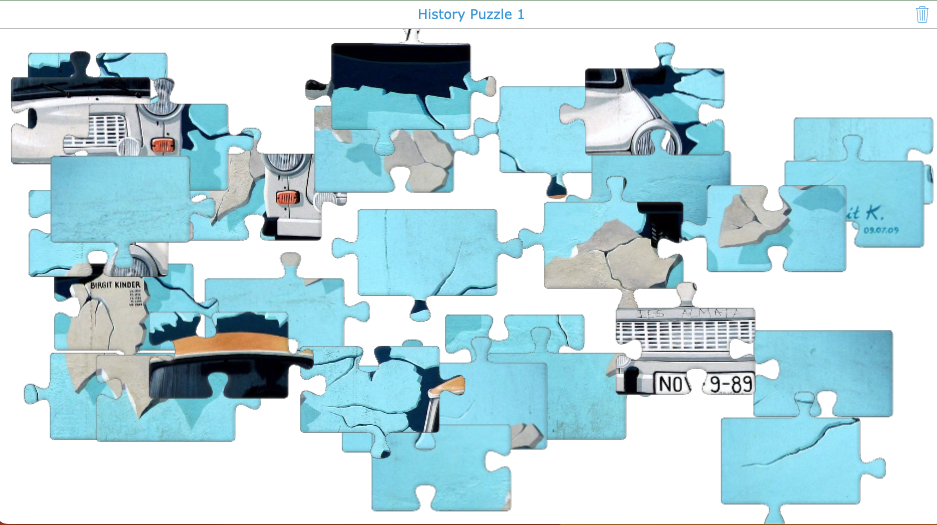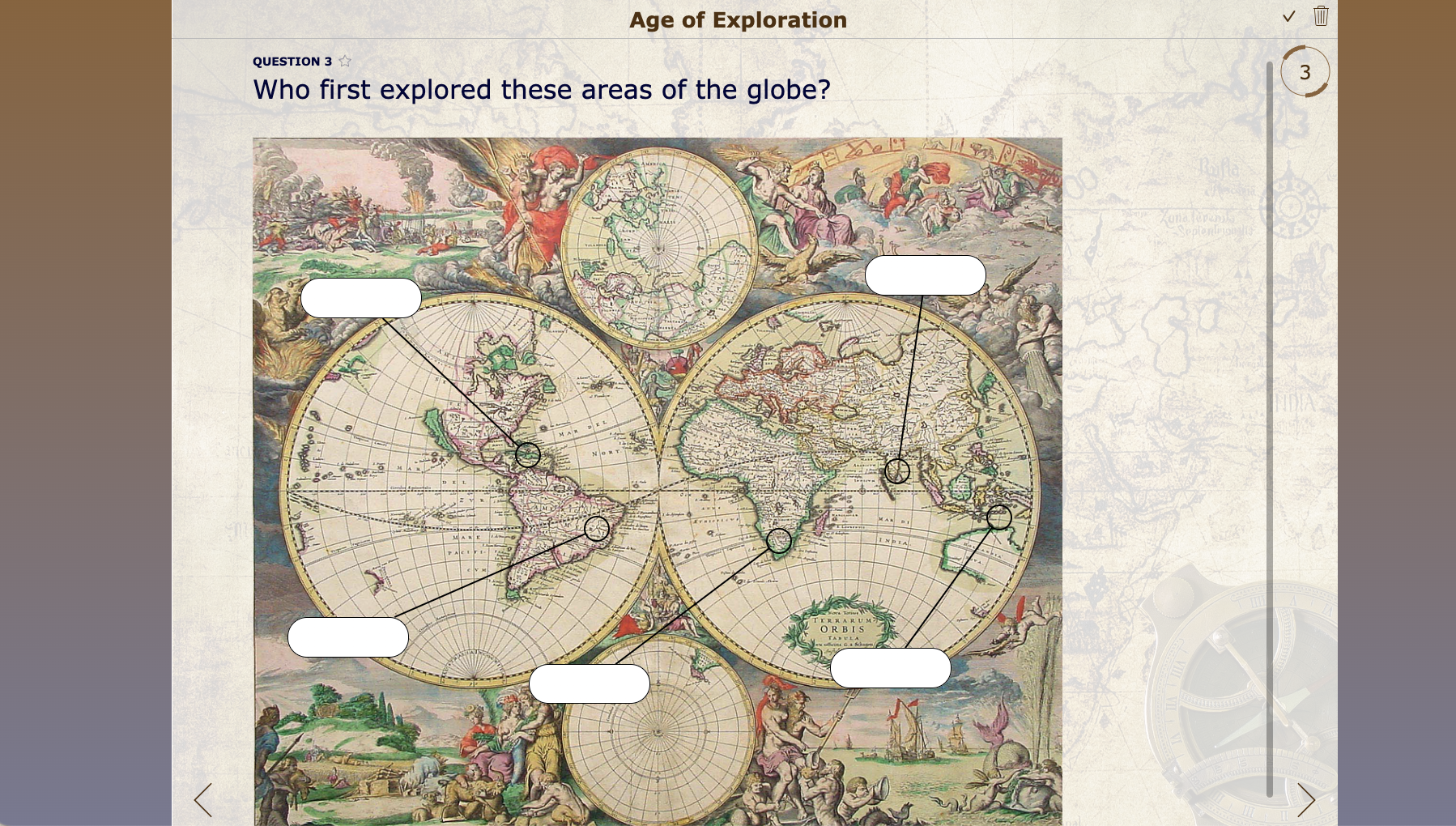14 Creative Ideas to Take your History Classes to the Next Level
 Julia Barreiro —
Julia Barreiro —
Teaching in an engaging, meaningful way is a challenge for all teachers. Fortunately, teachers now have many more resources than they did 15 years ago. History classes can now be more comprehensive but also interactive, engaging, and - dare I say- fun if the right strategies and activities are used.
In this blog post, I’ll share fourteen creative ideas to take your history classes to the next level. Some ideas can be implemented on paper or even using digital tools you already know and love. I have created mine using widgets, which are activity templates for teachers to add their own content.
Before I move on, remember you can use these history lesson activities for free by making a copy into your free BookWidgets account or by navigating to the BookWidgets Blog group folder with even more ready-to-use lessons.
Without further ado, let’s get to it! Below are my fourteen ideas to make your history classes more fun and engaging. 👇
1. Timeline

This type of history activity is extremely valuable, particularly for visual learners. Arranging information in a timeline, especially when we add visual resources, gives students a more comprehensive understanding of the subject we’re teaching. In this example, you can see a timeline activity about inventions. Students have to consider when each of the objects was invented. It’s a handy activity to teach about different eras of history, wars, dynasties and kingdoms, great eras, and any topic with a relevant chronological order.
💡 Pro tip! In BookWidgets, there are two types of timelines. One student can adapt, and one that’s static, solely used for learning. Check out this blog post with 39 more ready-to-use timeline widgets.
2. Mindmap
 Mind maps are graphical representations of ideas, concepts, and information with a central topic or theme, with related subtopics branching out from it. They are popular for brainstorming, organizing thoughts, and visualizing complex data. This activity is excellent for collaborating and encouraging even shy students to participate actively.
Mind maps are graphical representations of ideas, concepts, and information with a central topic or theme, with related subtopics branching out from it. They are popular for brainstorming, organizing thoughts, and visualizing complex data. This activity is excellent for collaborating and encouraging even shy students to participate actively.
The example below shows the main topic ― World War I ― and its various ramifications. This mindmap makes students think about the multiple ramifications of the war and its consequences in several areas. Students have no trouble understanding that war is terrible and many people die. But how does it affect people’s daily lives? What are the consequences on the economy and the welfare of the countries involved?
Organizing the information helps students understand it more and draw parallels with contemporary times instead of memorizing who invaded whom and when.
💡 Pro tip! Check out other ways to encourage your students to organize information in this blog post.
3. Crossword puzzle

Who doesn’t like a good old crossword puzzle during a history lesson? There are many different reasons for using them in the classroom, such as introducing a new topic or reinforcing a subject learned in class, encouraging student collaboration and self-assessment. My suggestion today is to use a crossword puzzle for reviewing a topic previously learned. It is an effective way to refresh a topic your class has seen a while ago in a fun way. In this example, the descriptions of the words are facts that students have already learned about Dr. Martin Luther King Jr.
💡 Pro tip! There are endless possibilities of history and non-history topics to use in a crossword puzzle. Take a look at this blog post for more inspiration.
4. Word search

Similarly to the crossword puzzle, a word search activity has many possible uses. I use this word search history activity to introduce a new topic in this example. This digital word search combines the word search with a picture background that also gives the students a hint of the topic. If they look closer at the picture, they will see that the bridges and many buildings are destroyed. This visual aid helps them realize the topic is some war. But what war? To find that out, they’ll have to search for the words.
💡 Pro tip! With BookWidgets, teachers can display the words that need to be searched or hide them. Also, you can decide if you want the words also to be written backwards (from right to left) or diagonally so you can make it more challenging for your students. Want to make your word search more interesting? Take a look at this blog post and be inspired.
5. Flashcards
 Flashcards offer numerous benefits for studying history, enhancing the learning process through active recall. Their portability, customization, and efficiency make them ideal for reviewing historical facts. With spaced repetition, dates and concepts are more likely to be retained in the long-term memory. Whether used for quick reviews or in-depth exam preparation, flashcards are a versatile and motivating resource your students should use.
Creating a set of digital flashcards in history class can start by having the students review specific information related to a topic - in this case, again, World War II.
Flashcards offer numerous benefits for studying history, enhancing the learning process through active recall. Their portability, customization, and efficiency make them ideal for reviewing historical facts. With spaced repetition, dates and concepts are more likely to be retained in the long-term memory. Whether used for quick reviews or in-depth exam preparation, flashcards are a versatile and motivating resource your students should use.
Creating a set of digital flashcards in history class can start by having the students review specific information related to a topic - in this case, again, World War II.
After this process is completed, the teacher can either give each student a set of paper cards for them to create their own. It has its pedagogical value but might be time-consuming. Alternatively, the teacher can make a Flashcards activity and share the link with the class. Students are more likely to go over the cards more often if they can access the set of flashcards on their phones, so having this digital resource is quite handy.
💡 Pro tip! You can let your students print the flashcards if needed! Just enable that option in your Flashcards widget. Find out even more about how you can use flashcards in your lessons. Check out this flashcards blog post to see how they can fit your lesson purposes.
6. Bingo
 Using bingo cards as a teaching tool in history classes offers several advantages. It not only engages students but also encourages active learning. The competitive aspect of bingo can motivate students to participate and review historical material effectively. Additionally, customization allows educators to tailor bingo games to specific historical topics, promoting critical thinking and memory enhancement.
Using bingo cards as a teaching tool in history classes offers several advantages. It not only engages students but also encourages active learning. The competitive aspect of bingo can motivate students to participate and review historical material effectively. Additionally, customization allows educators to tailor bingo games to specific historical topics, promoting critical thinking and memory enhancement.
Moreover, this interactive approach fosters social interaction, making learning more enjoyable and inclusive for diverse learners. Making it digitally with BookWidgets is time-saving for you as a teacher. You have to write (or copy-paste) a list of words you want on the cards, and BookWidgets will automatically generate different cards with as many words as you wish. Remember creating 30 different bingo cards by hand? How glad are you to be living in the digital era, huh?
💡 Pro tip! Use both text and images on your bingo cards. If you want more inspiration on using bingo in the classroom in 25 different ways and other subjects, check out this bingo post.
7. WebQuest

With a WebQuest, you give students flexibility and freedom, which motivates them. In history classes, WebQuests are perfect to allow students to go deeper into a topic that you, as a teacher, might need more time to go over.
WebQuest combines independent learning and microlearning, allowing students to learn effectively. In this video, you can see some more use cases of teaching with WebQuests.
I believe WebQuests and history classes are a match made in heaven to teach history creatively. Do give it a try. If you don’t know how to start, check out this WebQuest video tutorial. With this, you will bring your history classes to the next level. In the example below, you can see a WebQuest created to teach Greek Mythology.
💡 Pro tip! Use WebQuests to encourage self-regulated learning for your history lessons. Want to give SRL a try? Check out this blog post and ready-to-use SRL blueprint. All you have to do is add your history lesson materials.
8. Before/After

A great way to encourage students to reflect on the consequences of past events in our present lives is by making them compare how things ― for instance, a city, a neighborhood, or a continent ― were before and after that specific event. I’m a big fan of using visual aids with students and love how easy it is to find pictures online that I can use with students.
In this Before/After history activity, you can see two maps of Europe - one before and one after World War I by simply sliding the bar at the bottom of the picture. It is an innovative activity for the students to point out what’s different and to bring meaningful discussions about the consequences of losing or gaining territory and cultural influence after a war.
💡 Pro tip! In this blog post, we give you some ideas on where to find images and how to use them to boost your lessons.
9. Video quiz

Videos can be a fun resource to bring innovation into your classroom. Since we can find videos about virtually any topic, we can also use them in our history classes.
However, showing videos in class should ideally have a pedagogical reason or goal. Creating a quiz based on the video watched is an engaging history-teaching method. It tests students’ understanding of the topic and gives a lot of flexibility to you as a teacher.
I love combining video quizzes, in which students work alone, with group discussions so they can share their understanding and their opinions about the topic.
I’ve created the video quiz below to teach the Women’s Suffrage March in Washington. I’ve chosen four out of 35 different question types to complete this quiz and added questions to specific parts of the video. The video will then automatically stop so the students can answer the questions.
For instance, this fun activity can be used to celebrate International Women’s Day. Consider looking for original footage of important events like speeches by famous politicians and personalities.
💡 Pro tip! Video quizzes can have up to 36 different question types! You can even ask your students to answer multiple questions at the same point of time in the video. Get the most out of this Video-Quiz widget by checking out this blog post with 10 more video quiz lesson examples.
10. Split Worksheet

Not only videos but also authentic texts can be the source for an exciting history activity. In this split worksheet, we have on one side an article published in 1918 by The Sun, a New York paper, about women spies. On the other half of the split worksheet, we added seven different types of questions that the students should answer as they read the article.
The fact that both sides of the worksheet are independently scrollable makes this activity very convenient ― no need to turn the pages back and forth to go from the text to the questions. On a split worksheet, you can add articles or other PDF texts, pictures, embedded videos, and even audio.
💡 Pro tip! Here are 20 ready-to-use classroom activities to celebrate Women´s History Month.
11. Randomness

Randomness is a tool that can elevate the quality of history instruction. It can both test what the students have learned about a particular topic or prompt research on a topic you will address in the future. I’ve created a randomness game about women in history in the example below.
The idea is to divide the class into teams to compete against each other. The teams take turns, and by clicking on SPIN, they’ll get the name of a woman who has made history in the past (or is making history now) and two different questions about that person.
In this scenario, the names shown should already have been learned by the students, so this game works as a review.
If a group answers all questions correctly, it gets two points. If a group doesn’t know the answer to both questions about that person, the group sitting on its left has the chance to answer. If done correctly, they will get the points instead.
You can use it as a prompt to have the students do some research about those people as a class project.
💡 Pro tip! The randomness activity is so versatile that we’ve dedicated an entire blog post to it. Go check it out to grab some more history lesson ideas.
12. Memory Game

Using memory games in history class engages students in an interactive and enjoyable learning experience, making historical facts and events more memorable.
Additionally, seeing the information on the cards several times helps them retain information. If done in groups, they promote teamwork and collaboration, enhancing students’ social skills.
Memory games also cater to various learning styles, accommodating visual and auditory learners. You can use audio instead of text or images in case you want to make it accessible for students with visual impairment.
In the example below, students must match the revolutions’ names with their leaders.
💡 Pro tip! In the example above, I chose text-to-text, but you can add audio and images too!
13. Jigsaw Puzzle

Do jigsaw puzzles ever get old? Some students might like it more than others, but let’s face it, puzzles are easy to enjoy. I love using puzzles in history class to introduce a new topic.
You can assign a puzzle activity like you usually would, giving the same puzzle for all students to do. If you work with a digital tool, however, you can have students sit in groups and provide a different puzzle that depicts the same topic for each student.
For instance, if you are teaching about the Division of Germany and the fall of the Berlin Wall, you can have your class divided into groups of three and give one different puzzle to each student of each group. After they do the puzzles separately, they should discuss as a group what topic those three pictures together might represent.
Check out the puzzle I’ve created with this image. There is also this puzzle and this other puzzle that depict the division of Germany.
💡 Pro tip! Add a reward word/ question or sound for when your students complete the puzzle! It can be something that brings extra value to your lesson. Ask them to reflect on the image they get when the jigsaw puzzle is completed.
14. Quiz

Last but not least, a quiz is one of the most beloved activities for history classes. In this one, I’ve created five meaningful history questions to test students’ knowledge about the Age of Exploration.
There are 35 different question types to choose from on BookWidgets, which gives us a lot of flexibility and lets us get our creative juices flowing. Please take a look at the one I’ve created and let me know what other question types you think might be suitable for this topic.
💡 Pro tip! Did you know you can transform you own handouts to digital and fun quizzes? Read all about it here.
Wrap Up
As you can see, there are a lot of ideas you can bring to your history class to take it to the next level. Your students will certainly appreciate the change of pace and challenges some of those activities bring. I’d like to know which of these activities is your favorite and what other ideas you have, so do share with us. Let us know on Twitter - X - and join our Facebook community to share your first history BookWidgets activity with other teachers.
Feel free to connect with me on LinkedIn. I’m looking forward to hearing from you.
